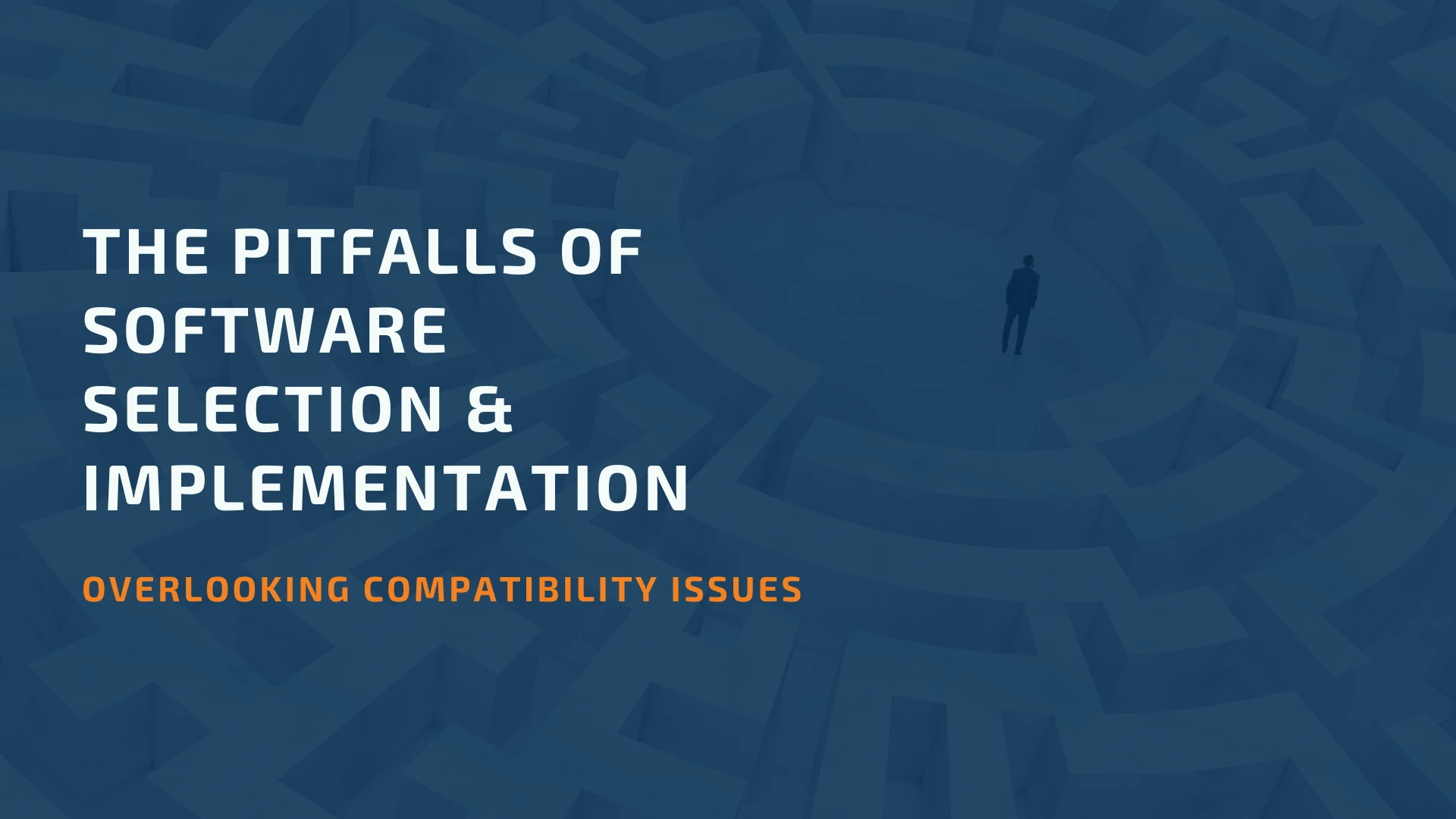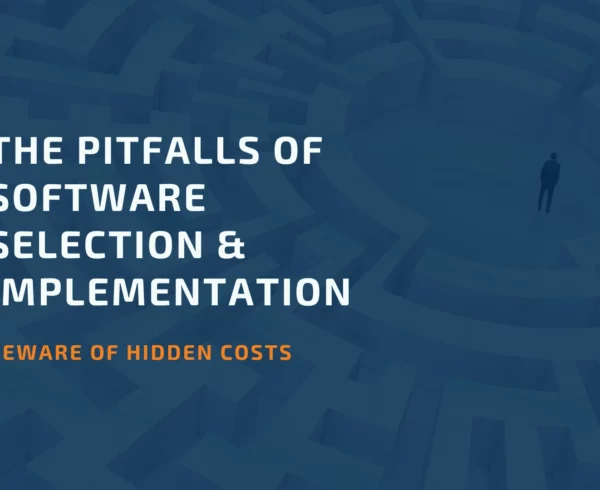
Selecting the right software for your business can be challenging, considering many factors, including features, cost, and vendor reputation. However, one crucial aspect that is often overlooked is compatibility.
Compatibility issues can arise when the selected software is not fully compatible with the organization’s IT infrastructure, systems, and processes. This blog will explore the pitfalls of overlooking compatibility issues in software selection and provide insights on how to avoid them.
Pitfalls
Data Integration Challenges
One of the most common compatibility issues is data integration challenges. If the new software cannot seamlessly integrate with the existing data sources, databases, or other software applications, it can result in data inconsistencies, errors, and duplication. Unfortunately, this can lead to inefficient workflows, inaccurate reporting, and increased manual effort to reconcile data.
System Compatibility Issues
Another common pitfall is system compatibility issues. Suppose the new software is incompatible with the organization’s existing operating system, hardware, or network infrastructure. In that case, it can result in performance issues, system crashes, and downtime, negatively impacting the overall productivity and efficiency of the business.
Process Misalignment
Overlooking process misalignment can also lead to compatibility issues. If new software does not align with the existing business processes or workflows, it can result in confusion, resistance to change, and increased manual effort to adapt the processes to the new software. This can interfere with the successful implementation and adoption of the software.
Training and User Adoption Challenges
Ignoring the training and user adoption aspects can also result in compatibility issues. If the new software requires significant retraining or a steep learning curve for employees, it can result in resistance to change, decreased productivity, and increased support requests, thereby impeding the successful adoption of the software.
Vendor Support and Updates
Disregarding vendor support and updates can also result in compatibility issues. If the software vendor does not provide timely updates, patches, and technical support, it can result in security vulnerabilities, performance issues, and compatibility challenges with other systems or software.
How to Avoid Them
To avoid these pitfalls, organizations should take the following steps during the software selection process:
Thoroughly Assess Data Integration Requirements
Understand the data formats, protocols, and APIs the software supports and verify if they align with the existing data sources and systems. Engage IT experts and conduct testing to identify any potential data integration challenges.
Review System Requirements
Carefully review the software’s system requirements and verify if they align with the existing IT infrastructure, including operating system versions, hardware specifications, and network protocols. Engage IT experts and conduct compatibility tests to ensure system compatibility.
Evaluate Process Alignment
Conduct a thorough review of the existing business processes and workflows and ensure they align with the new software being considered. Engage business stakeholders, conduct process mapping exercises, and identify gaps or misalignments.
Assess Training and User Adoption Requirements
Understand the user interface, ease of use, and available software training resources. Choose user-friendly software that minimizes the learning curve to ensure smooth adoption and maximum utilization.
Evaluate Vendor Support and Updates
Review customer testimonials, check vendor references, and understand their track record in providing timely updates and technical support.
Conclusion
As you navigate the software selection process, remember to keep compatibility issues at the forefront of your considerations. By taking proactive measures to assess data integration, system compatibility, process alignment, training and user adoption, and vendor support and updates, you can avoid common pitfalls and ensure a successful implementation and adoption of the chosen software.
At BHC Group, we understand the importance of software selection and its impact on your organization’s success.
If you want to learn more about software selection and implementation pitfalls, join us for a webinar hosted by the BHC Group on May 17th. Our experts will provide insights and best practices to help you navigate the software selection and implementation process and avoid common pitfalls.
Don’t miss this opportunity to learn from industry experts and improve the success of your software projects. Register now to secure your spot!





